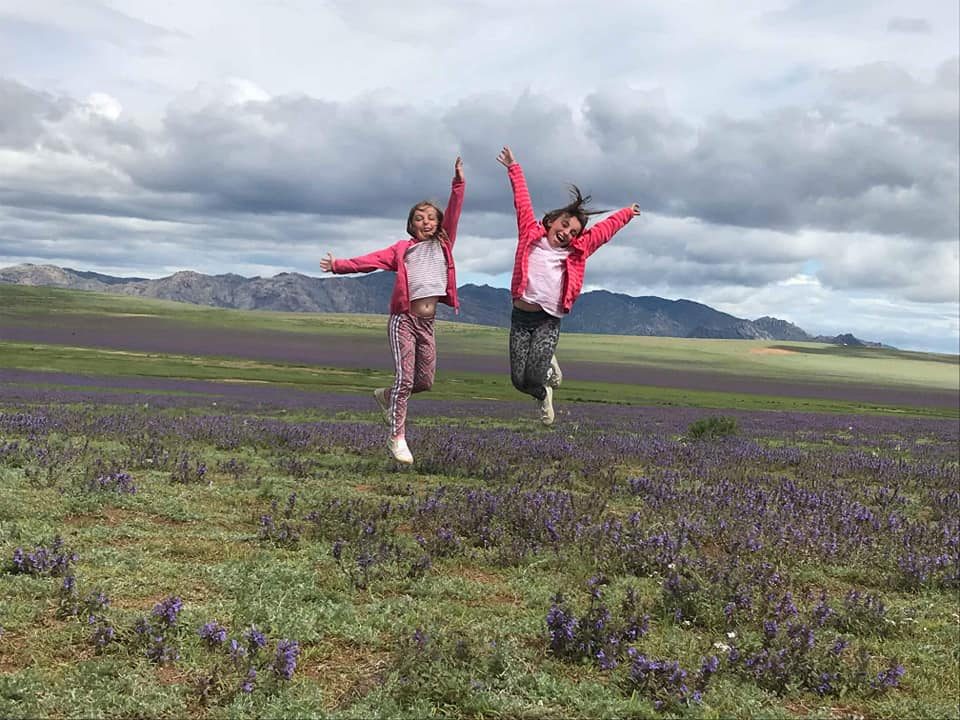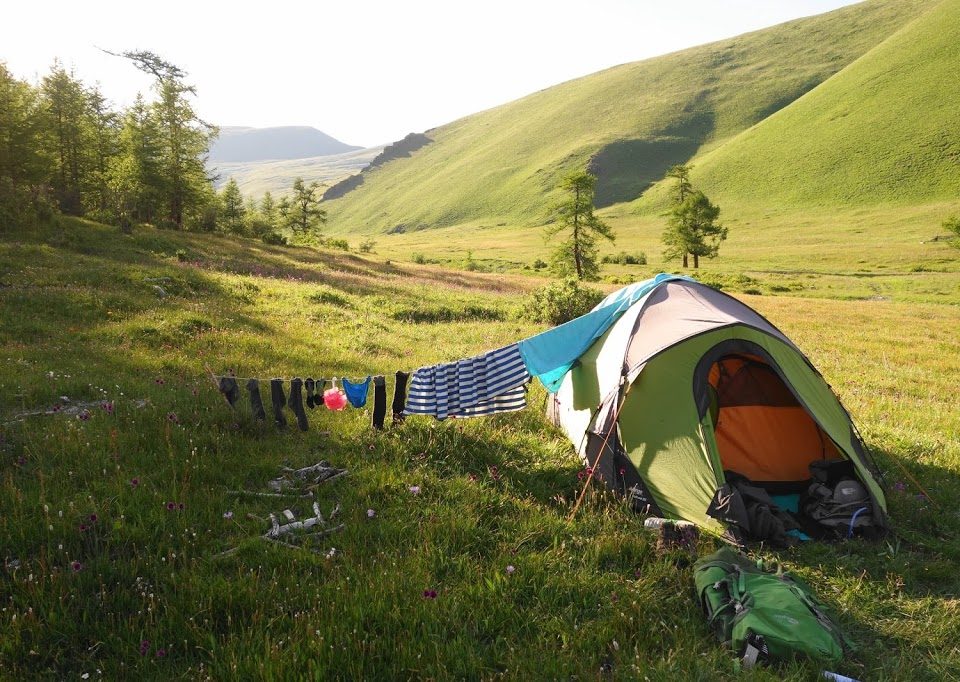Trip Ideas For Autumn In Mongolia

Explore Mongolia’s Selenge Province
August 24, 2023
The Mongol Kazakhs Of Western Mongolia
September 21, 2023Autumn In Mongolia – A Few Trip Ideas
Autumn in Mongolia. Naturally, it’s a time of spectacular colour, especially in the mountain-forest steppe regions such as Khentii Province. Autumn is when herding families are carrying out repair work on their winter shelters. It is also a natural time for families to cull their livestock and is also typically when young horses are branded. In some regions, you will also see herding families cutting hay ready to be used as fodder for their livestock during the winter months. It’s also cooler, clearer and a perfect time of year for stargazing. And, autumn in Mongolia is also a time when the larger tour groups have disappeared off to another country in another part of the world and the price of international flights starts to come down.
Below are a few quick ideas on what to do during autumn in Mongolia. Or, for more ideas, look at our Mongolia Inspirations page.
VISIT : Khamariin Khiid

Khamariin Khiid captured through the lens of our guest Marian Herz. Now you understand why Mongolia is known as the ‘land of the ‘Eternal Blue Sky!’
Take the local Trans-Mongolian train south to Sainshand travelling overnight in second-class compartments. Each compartment has four beds (clean bedding is provided) that you can use for sitting, relaxing, or sleeping on. Each carriage has toilets which are cleaned regularly and a samovar providing hot water for tea, coffee, and noodles. It’s a great way to interact with the locals and to soak up the passing scenery – as you travel through steppe to desert terrain you’ll start to get an understanding of the diversity of Mongolia’s natural habitats. You could observe wildlife native to the Gobi – especially herds of White-Tailed Gazelle.
Khamariin Khiid is an important spiritual centre and place of pilgrimage for Mongolians and followers of Buddhism. The monastery was established in the 1830s. It is considered an energy centre known as Shambala created around the cult of Danzan Ravjaa – the founder of the monastery. It also gives spectacular viewpoints out over the Gobi.
Another option is to take the train north through Selenge Province – the name derives from the mighty Selenge River, Mongolia’s principal river. This part of the journey is dominated by the magnificent scenery of river basins, forest steppe, and fertile agricultural landscapes.
DO : Bike Gorkhi Terelj National Park
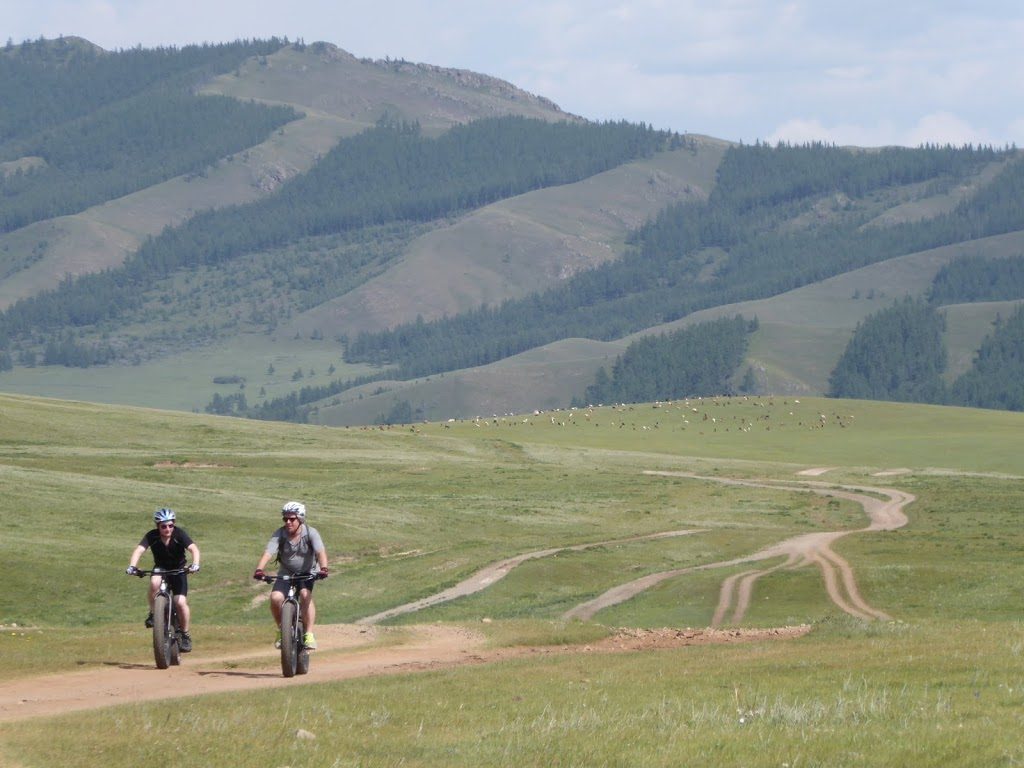
Biking the trails of Gorkhi Terelj National Park … big on views and short on traffic.
Drive out to Tsonjin Boldog – the remarkable 131ft high statue of Chinggis Khan. It is a big draw for Mongolians as much as Westerners and the view is spectacular – facing east overlooking his homeland. Learn more here – https://www.eternal-landscapes.co.uk/visit-chinggis-khan-statue-mongolia/
From here, swap four wheels for two and spend the rest of the day exploring of Gorkhi-Terelj National Park by bike. Although the main valley of Terelj was first developed for tourism in 1964 it remains a stunning area of magnificent alpine scenery which is still a joy to explore including sights such as the Araybal Temple.
You also have the option of crossing the Terelj River and heading on quieter trails to the home of Naraa and Bujee – herders that move twice a year and whom we work in long-term local community partnership with. They live approximately 10km from the main developed area across the Terelj River in an area of gentle beauty. Visiting their accommodation provides a great insight into how herders are adapting- setting up micro businesses as a way of substituting their income.
* Of course, you could swap your two wheels for four legs and head off into the sunset on a horse trek instead. Find out more about our biking experiences here.
DO: Horse Trekking Orkhon Valley

The Orkhon River Valley is one of Mongolia’s World Heritage Sites. It’s a cultural WHS and represents the evolution of nomadic pastoral traditions in Mongolia. Yes, the region is included in many general tour itineraries but this is not about the ’ must-see’ sights. The hinterland of the region is a stunning area to explore in its own right – especially if you’re prepared to go a little more off the beaten trail.
What could be a better way to explore this region of nomadic traditions and culture than on a horse trek? You’ll trek through an ecoregion with habitats as diverse as alpine lakes, long flat valleys, lava stone fields, barren mountain tops and high open Mongolian steppe, coniferous forests of Siberian Pine and Siberian Larch and sub-alpine meadows. The region features abundant streams and springs.
Our Orkhon treks are led by herders who make their home in the region. There are no prescribed routes. Just riding. As it should be. Out on the Mongolian steppe. Learn more about our horse trekking experiences here.
EXPERIENCE: Rural Homestay
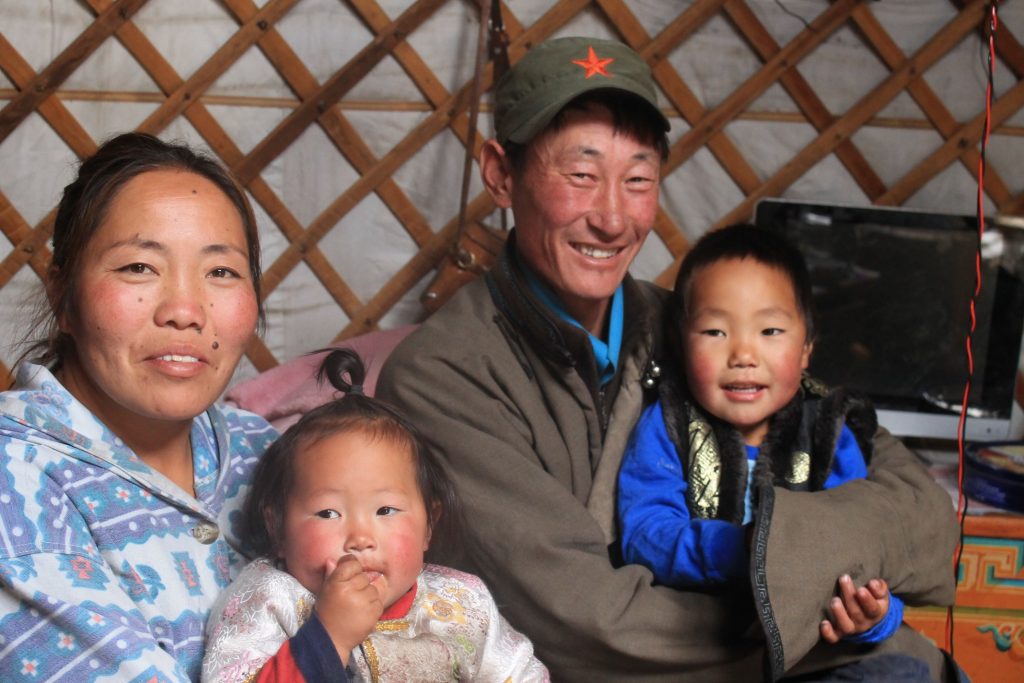
This is the Galbadrakh family. They’re young, and yet the traditions of Mongolia run deep with them and their way of life in the Khangai Mountains in central Mongolia.
One idea is to take a public bus to Kharkhorin – the ancient capital of the Mongol Empire. From there, you can either visit the Tumee herding family in the Orkhon River Valley or extend your time and travel to the home of the Galbadrakh family in the Khangai Mountains. They are yak herders and members of the Cooperative Ar Arvijin Delgerekh. This cooperative focuses on working with herders producing spun yak wool, providing them with an alternative to diversify and increase their income. Autumn in Mongolia is the main season for grass-cutting and you can take part in this community event. You’ll also be encouraged to join in with other daily tasks – helping where you can.

VISIT: Western Mongolia
The Mongol Kazakhs are Mongolia’s largest ethnic group representing 3-4% of Mongolia’s population (Mongolia’s entire population is just over 3.2 million people – 2020 Census) with a majority residing in Bayan Ulgii Aimag in Western Mongolia. The Kazakhs are known for their tradition of hunting with eagles and autumn in Mongolia sees eagle hunters coming together at local festivals. These festivals are community-developed cultural festivals that were developed to promote Kazakh culture, preserve the tradition of hunting with eagles, and bring much-needed financial support and revenue into one of Mongolia’s most remote and developmentally challenged provinces.
Domestic flights do get booked up far in advance and are also very expensive so we suggest taking the public bus. It takes 24 hours (Ulaanbaatar to Ulgii) but the buses are comfortable and stop regularly. Find out more about the eagle festivals taking place in the autumn here.
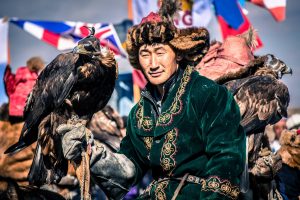
As you can tell, we highly recommend coming to Mongolia during the autumn. Get in touch with us for more information or with any questions. Jess @ Eternal Landscapes.



